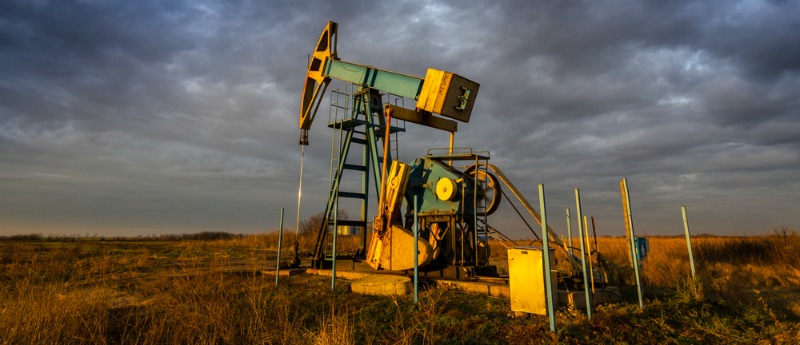2016 Tight Oil Reality Check
December 12, 2016
Every year, the U.S. Department of Energy’s Energy Information Administration (EIA), publishes its Annual Energy Outlook (AEO) in which U.S. energy supply is forecast through 2040. The EIA’s yearly AEO has enormous influence with policymakers, the media, and through them the general public. The AEO influences government policy and industry investment.
In 2014, Earth Scientist David Hughes took a hard look at the EIA’s existing forecasts in a groundbreaking report, Drilling Deeper, and found that its projections for future production and prices suffered from a troubling degree of optimism. He followed this analysis the next year with 2015 Tight Oil Reality Check and 2015 Shale Gas Reality Check, with the same trends in highly overstated forecasts from the EIA continuing.
In September 2016, the EIA released its Annual Energy Outlook 2016. We were very interested in how lower prices and declining production influenced the EIA’s projections. David Hughes applied the same scrutiny to AEO2016 as he has in the past to assess the AEO2016 against both Drilling Deeper and up-to-date production data from key tight oil plays.
Key Conclusions
- The EIA assumes that tight oil production will begin to grow strongly in 2017, despite a 37% decline in drilling rate from peak levels in 2014. This seems highly improbable, considering that all tight oil plays have peaked except in the Permian Basin.
- Tight oil production has declined by 13% (as of June 2016)) since peaking in March 2015, or more than one million barrels per day, according to the EIA’s Drilling Productivity report (Table 3). Only the Permian Basin has not peaked.
- The volatility between successive forecasts and the increase in overall production cannot be attributed to changes in future oil price assumptions, given that prices for WTI are at or lower in AEO2016 than AEO2015 through 2030 and are $6.56/barrel lower in 2040.
- Prolific tight oil plays are not ubiquitous, as some would have us believe. The Permian, Bakken and Eagle Ford make up 88.2% of November 2016 production.
- Technological efficiency is not making wells/fields much more productive – at a constant drilling rate, better technology will exhaust a play more quickly at a lower cost – but will not substantially increase ultimate recovery.
Questions for the EIA
After closely reviewing the AEO2016, David Hughes raises some important questions about EIA’s U.S. tight oil forecasts, such as:
- What justifies the unprecedented growth in forecasted tight oil production, given that drilling rates are projected to remain below 2014 levels through 2040, with only a modest increase in oil price?
- What is the reason for the substantial variation in AEO2015 and AEO2016 projections?
- How can overall tight oil production increase by 19% in AEO2016 compared to AEO2015 while assuming oil prices are the same or lower over the 2015-2040 period?
Hughes’ recent findings point to not only increasingly overstated forecasts by the EIA, but also increasingly volatile assessments – both of which are highly troubling. As the pro-fracking Trump Administration sets its domestic energy policy, addressing the serious doubt this discovery raises now is critical. It’s more important than ever to have an independent Energy Information Administration that is providing grounded, realistic, and transparent analysis.
image credit:Calin Tatu / Shutterstock.com

